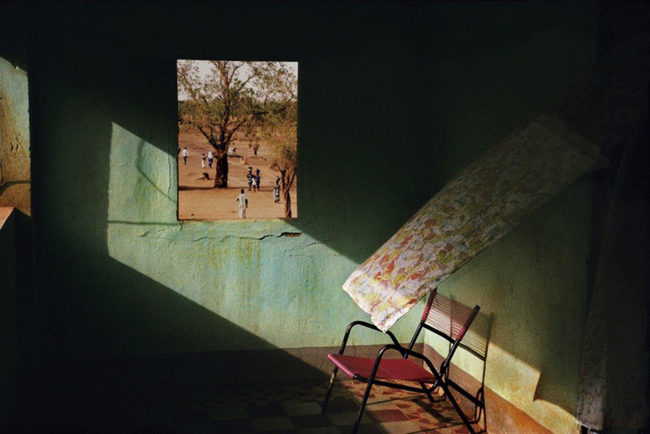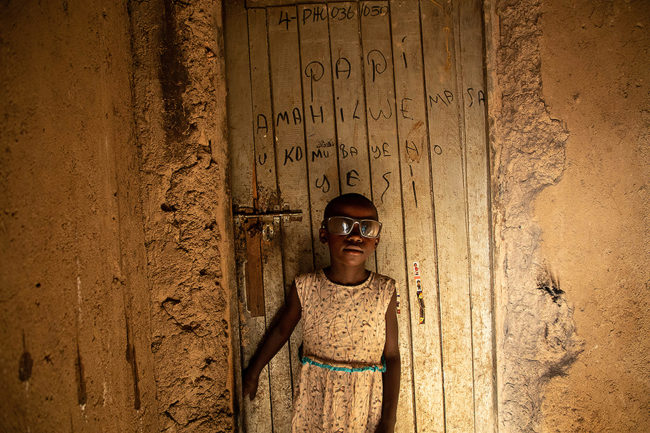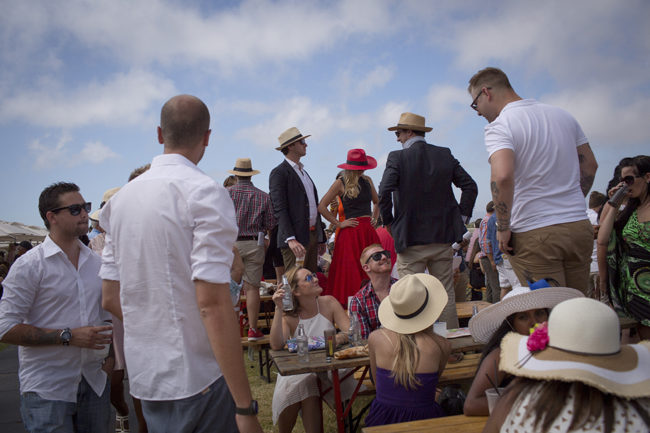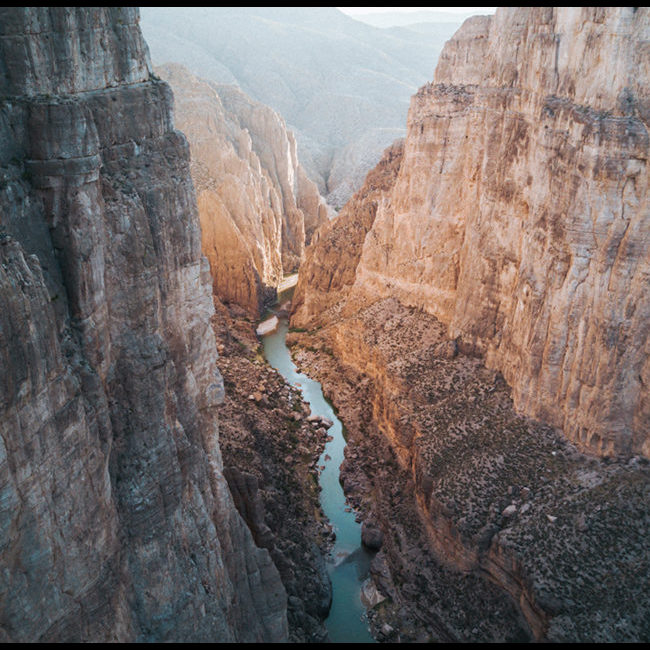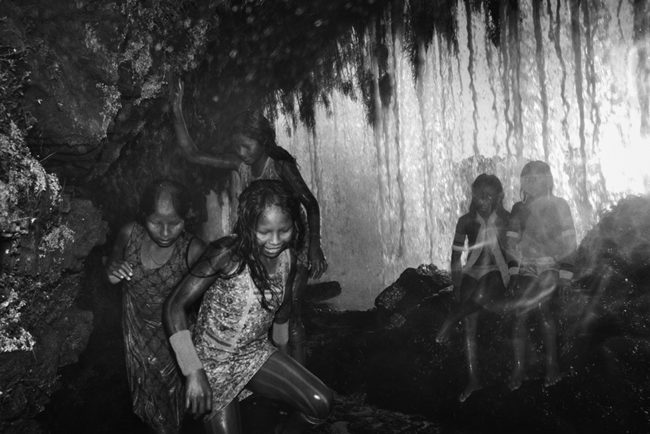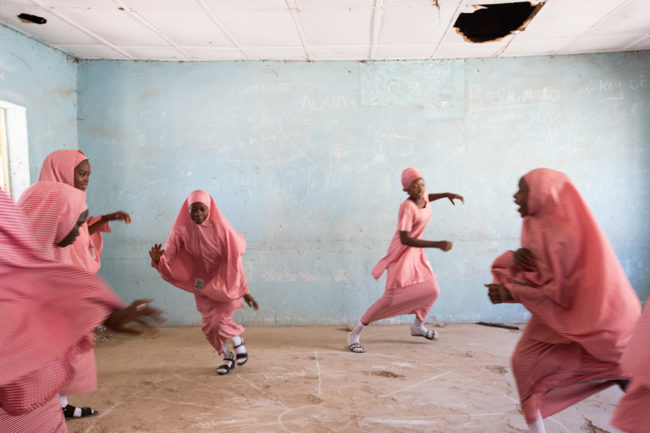Last year photographer Gregers Heering and author Kirsten Jacobsen spent 32 days aboard the biggest ship in the world, the Maersk Majestic. The pair spent their days photographing and writing about their travels from Hong Kong, around Asia, across the Indian Ocean, the treacherous Somali coast, the Red Sea, the Suez canal and then the Mediterranean where they touched land in Algeciras, Spain. Heering enjoyed the collaboration. “It’s like a band,” Heering wrote to PDN via email, “if you play well together, you will inspire each other and come up with greater things than you could have on your own.”
The project was released as an exhibition at In The Gallery in Copenhagena, and as a book, Majestic Mærsk – 32 Days Aboard the Biggest Ship in the World, by publisher Gyldendal earlier this spring. The book includes 150 of Gregers’ images. PDN asked Heering to tell us more about the project, and how he fared spending a month at sea.
Photo District News: How did you get access?
Gregers Heering: Kirsten Jacobsen, my teammate on the book, is a very well-known Danish author and former journalist. She had often found herself gazing out at the big ships, tiny dots on the horizon, from close to where she lives at the very Northern tip of Denmark. My Greenland series came to her mind and she called me to ask if I would join. A few days later we approached Maersk Line, which is known to frequently say “no” due to the heavy demand from photographers and journalists. But [we] got a “yes” due to our unique approach.
PDN: What was your approach? How did you begin?
GH: In general, I like to be surprised and see things for the first time with my camera, so I never research beforehand. I do, however, think about mental parallels prior to a shoot. Here, for instance, I envisioned the feeling of being on a huge manmade vessel that floats into an endless ocean, no end in sight…
The Majestic is surprisingly “un-photogenic;” it takes time to shoot yourself into the soul of the ship. This can only be achieved by melting together with its own world, to live and breathe it, and that’s exactly what happens when you spend more than a few days aboard. You become part of the crew.
PDN: Thirty-two days seems like a long time for someone to spend onboard a ship. How did you fare?
GH: I spent three and half years in the Danish army, so it wasn’t difficult for me to adjust to the tightly defined procedures, shifts and routines on Majestic. A ship is essentially a floating workplace. Everyone is trying to fit in across cultures and vastly different backgrounds. Yet, everyone is depending on each other, especially in an emergency. In that sense, it really is like the army.
PDN: Did you have to go through any kind of boat safety training?
GH: We went through a three-hour safety course that is very specific as to what is “go” and “no go” onboard.
The shots around the ship [Slides 1, 4 and 10] were taken from pilot boats (a true wonder that it happened, thanks to a few daring souls) and a helicopter.
PDN: What kind of photography equipment did you bring?
GH: I shot this project with an old Hasselblad 503CW 6×6 (film) and a Nikon D800, both cameras with Zeiss manual primes.
Related: Collaborative Duos: Alec Soth and Brad Zellar Explore What Community Means Today

